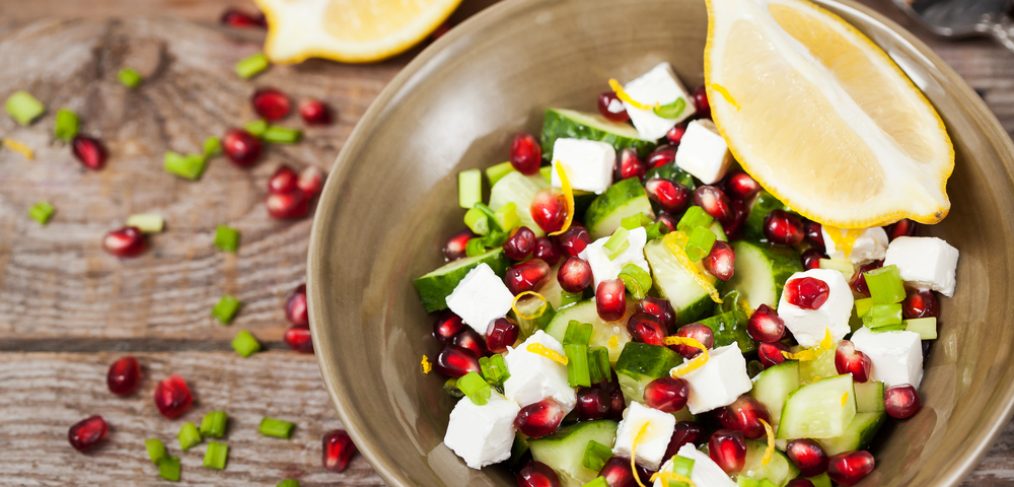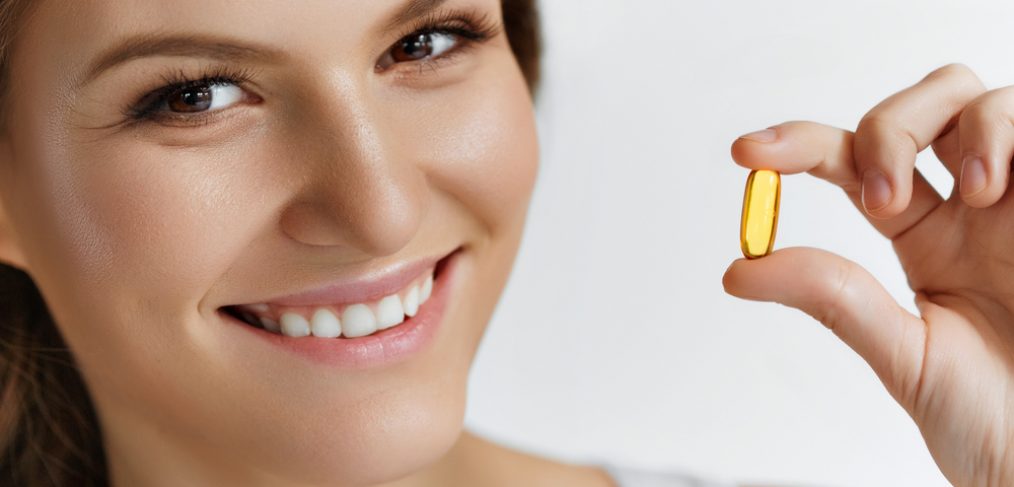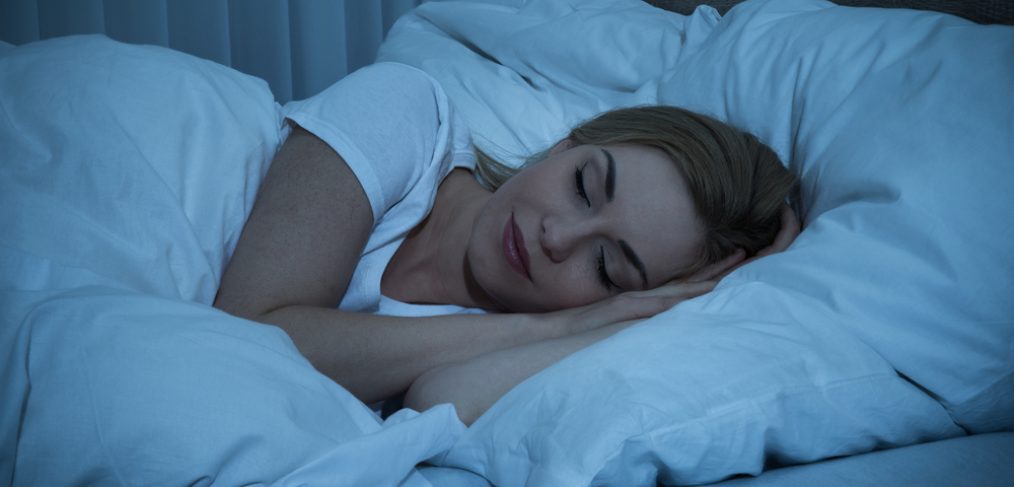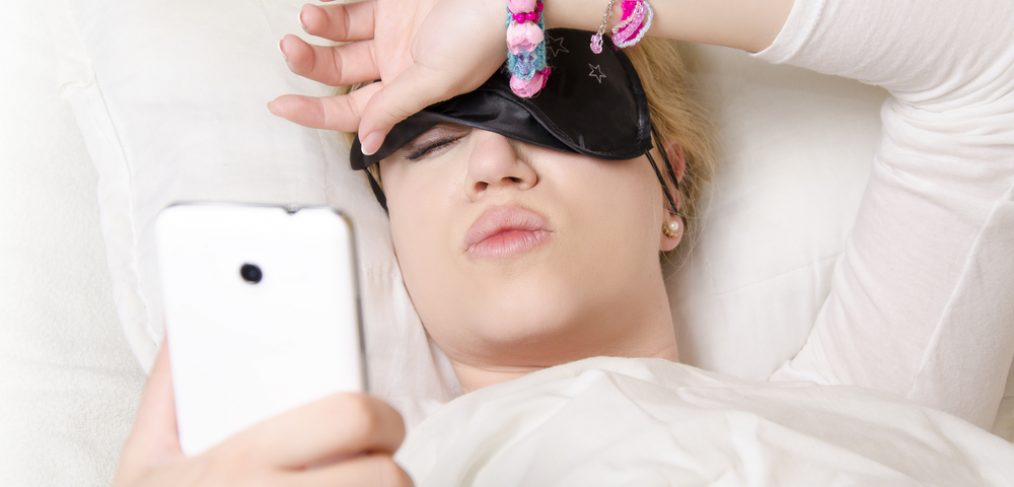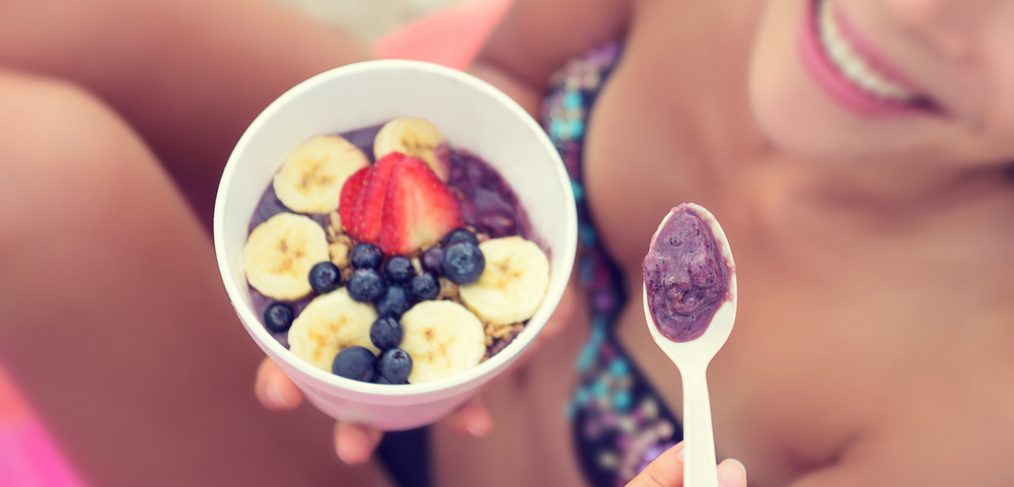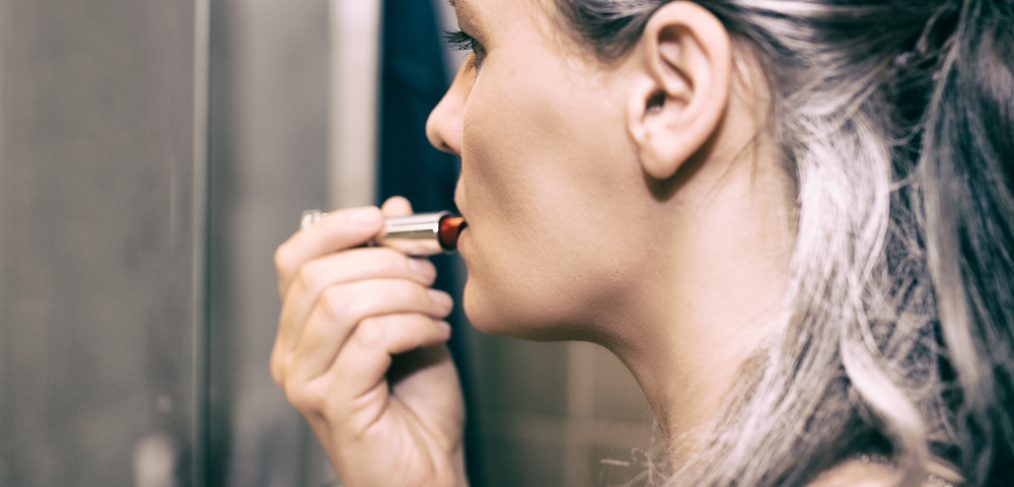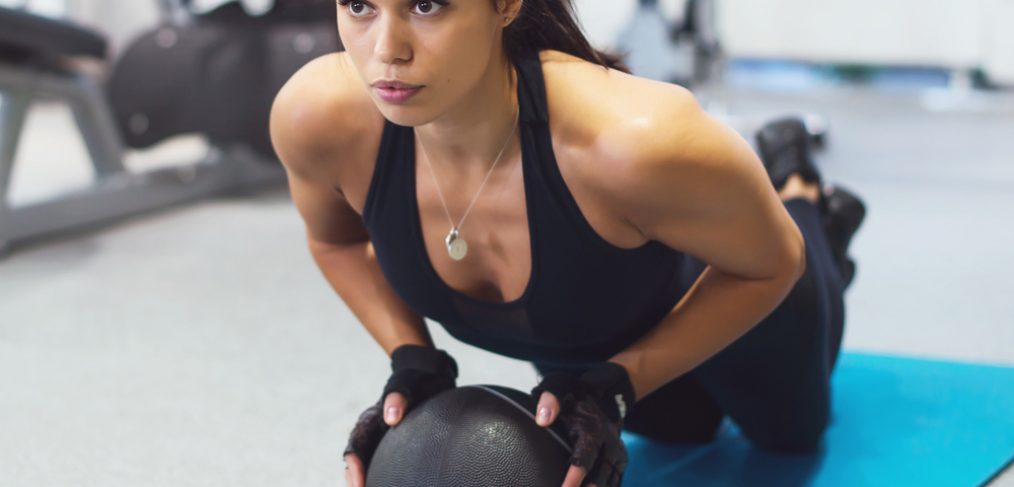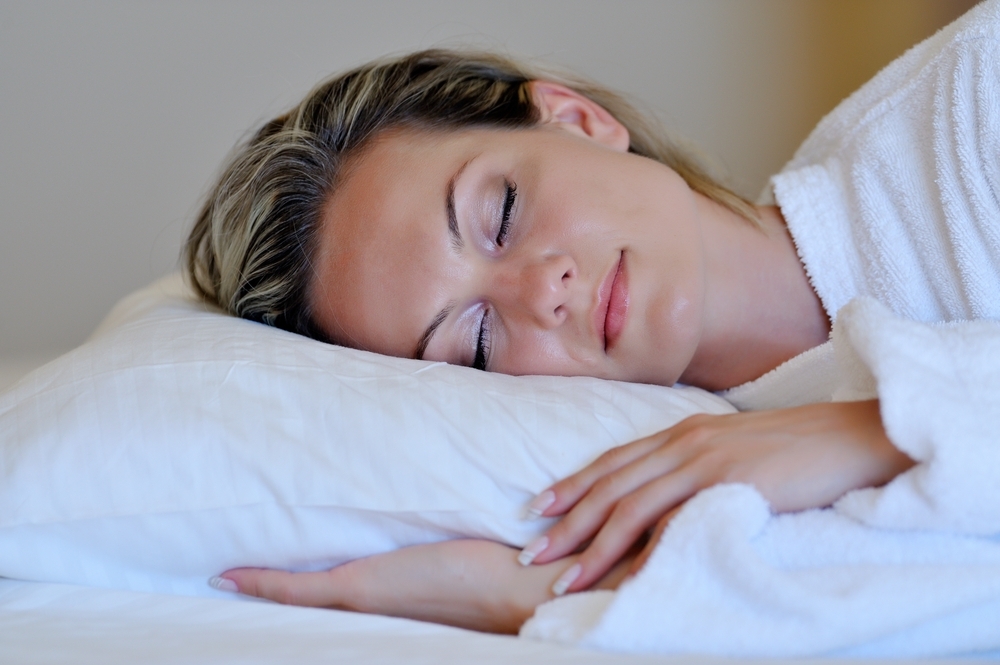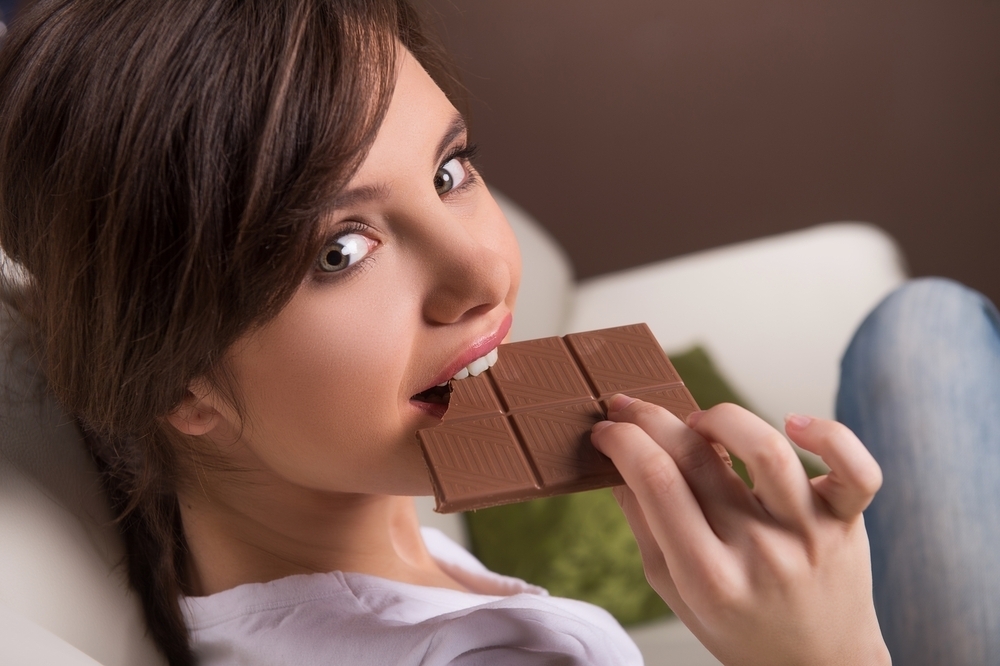There are a lot of people out there with shoulder and neck pain, and apparently, a number of them have found a temporary solution. There are online communities dedicated to the joint cracking habit, providing members with a forum in which they can share their most satisfying bone crunching experiences. Although cracking joints has been linked with arthritis in the past, there seems to be no definitive proof of this, and many professionals even condone the practice, crediting it with relieving “tons of tension.” If you have no compunctions about joint cracking, it seems as if you are in good company, but if you are still skeptical about the practice, there are other methods to relieve neck tension and shoulder pain. Here are just a few.
At the Computer
While the computer age has done much for improving almost every part of our lives, it has done very little for our posture. To fix the computer hunch, draw your head back as if someone was grabbing the hair at the center of your head and gently pulling. Then, imagine a helium balloon was attached to the top of your head and as pulling it upward. This head position should work wonders.
Looking Down at Your Device
Tipping your head forward for long periods of time puts a lot of stress on your neck muscles. One way of relieving this is to bend your arm at the elbows and lean the elbow against the center of your ribcage. This should bring the device closer to your face and alleviate some of the strain.
If this is not possible, you can try to use your eye muscles instead of your neck and shoulders. Put the phone in your lap. Look down at your phone while keeping your head straight. Then place the phone on a table slightly to your right or left. Look over at the phone without turning your head. Do these steps repeatedly to get in the habit of using your eyes rather than assuming uncomfortable positions.
When You Work Out
The muscles in your neck connect to the muscles in your trunk, so working the two together is a sensible idea. For example, if you’re doing planks, try and bring your head backwards while keeping your eyes to the floor, stretching your spine up to your head. Training with good posture is key to improving posture in general.
While You Sleep
Even though sleep is a time of general relaxation, it does not always mean that our muscles are relaxed. When you lie down, consider the position of your head in relation to the rest of your body. Think of your spine as your center with your head stacked on top of your body. If you find your head leaning to the side or curling forward and down, try to reposition it so it is in line with your spine.
And if you still “love to crack everything,” that’s fine! These are some helpful ideas for even the most dyed- in – the wool joint crackers. You can let us know about how you get neck and back relief; nothing is too weird!




